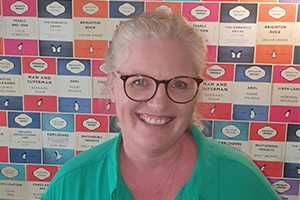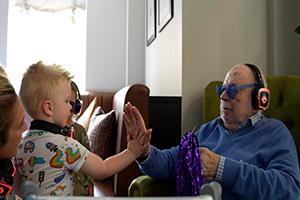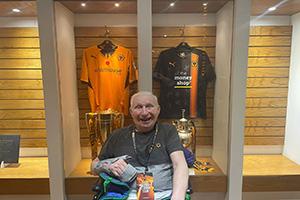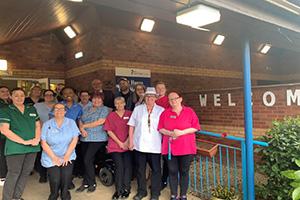The evolution of the care sector: One year on from lockdown
One year ago, the UK was plunged into its first nationwide lockdown and, as coronavirus cases surged across the country, care homes closed their doors to visitors. For Nottinghamshire’s specialist dementia care group, Church Farm Care, this meant establishing brand-new ways of working to ensure the safety of the people living and working with them.
In addition to closing doors to visitors and investing in more PPE, both changes that are public knowledge, there have been many more internal adaptations to ways of working that people aren’t necessarily aware of when it comes to way the group has navigated the pandemic.
Helen Walton, head of operations, said: “The past year has had a tremendous impact on ways of working in the care sector. Before COVID-19, certain team members would regularly move around our four homes, however, this was something we immediately stopped when the severity of the pandemic became apparent, meaning that each home had its own team. Then even within that team, there are dedicated ‘households’ caring for different groups of residents to minimise the risk of transmitting the virus.”
These immediate changes paid dividends at the height of the pandemic last April, when the team at Church Farm’s West Bridgford home, Skylarks, successfully managed to contain an outbreak and, ultimately, save lives.
There were 13 family members at the home who tested positive for COVID-19 but made a full recovery thanks to the hard work of carers and staff - led by head of nursing, Maria Spollin. However, it’s not just people’s physical wellbeing that has been a top priority.

Maria said: “In times of pressure people pull together, and our team has gone above and beyond in that respect. However, we’ve seen a significant increase to our existing wellbeing offering during the pandemic, to ensure everyone feels valued and can continue to deliver excellent care to the people who live with us. The last year has shown just how important those connections with other people and our hobbies are now that they’ve been taken away from us.”
While in-person visits have been strictly prohibited, use of video conferencing software such as Zoom and Teams has skyrocketed, as relatives strived to maintain a connection with family members living in homes. However, before the pandemic, this was something that had never had to be considered and, therefore, wasn’t in place. Now it’s firmly entrenched in every home’s day-to-day activity.
Patrick Atkinson, director, said: “Going virtual has broadened people’s ideas about how they can connect and allowed family members who live all over the UK - and indeed the world - the opportunity to stay connected with their loved ones in a way they couldn’t before.
“From one-to-one calls through to group meetings, it’s been a real lifeline for the people who live with us and has left us asking ourselves why we didn’t think of this before. It’s undoubtedly something that will remain part of our processes forever as we navigate our way out of the pandemic.”
As of 8 March 2021, every care home resident is now able to nominate a single visitor who can enter the home for regular visits, wearing appropriate PPE and following a negative lateral flow test. This first step in the government’s roadmap signals the beginning of a return to normality for those living and working across Church Farm Care’s four homes.
For more information, please visit www.churchfarmcare.co.uk.





